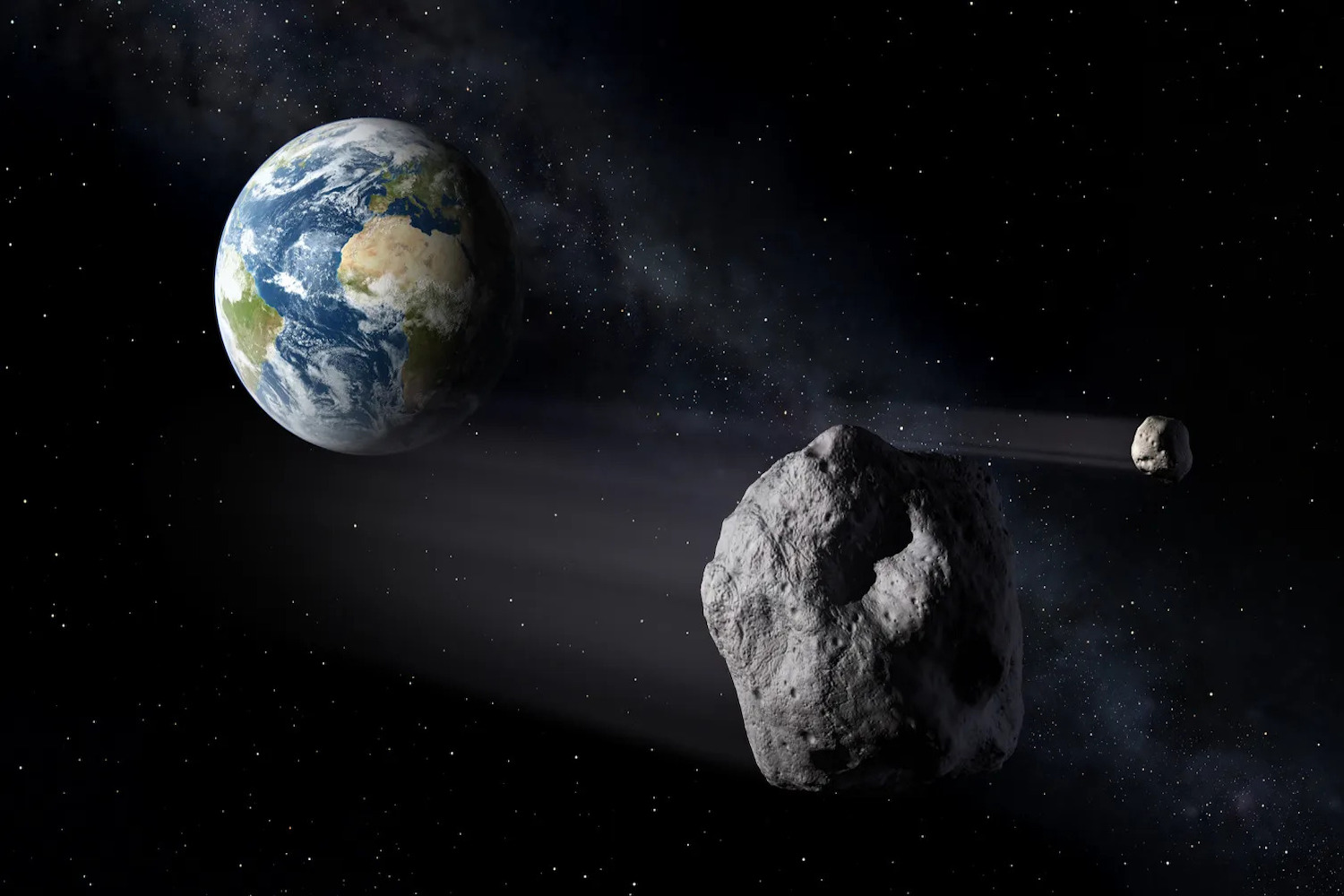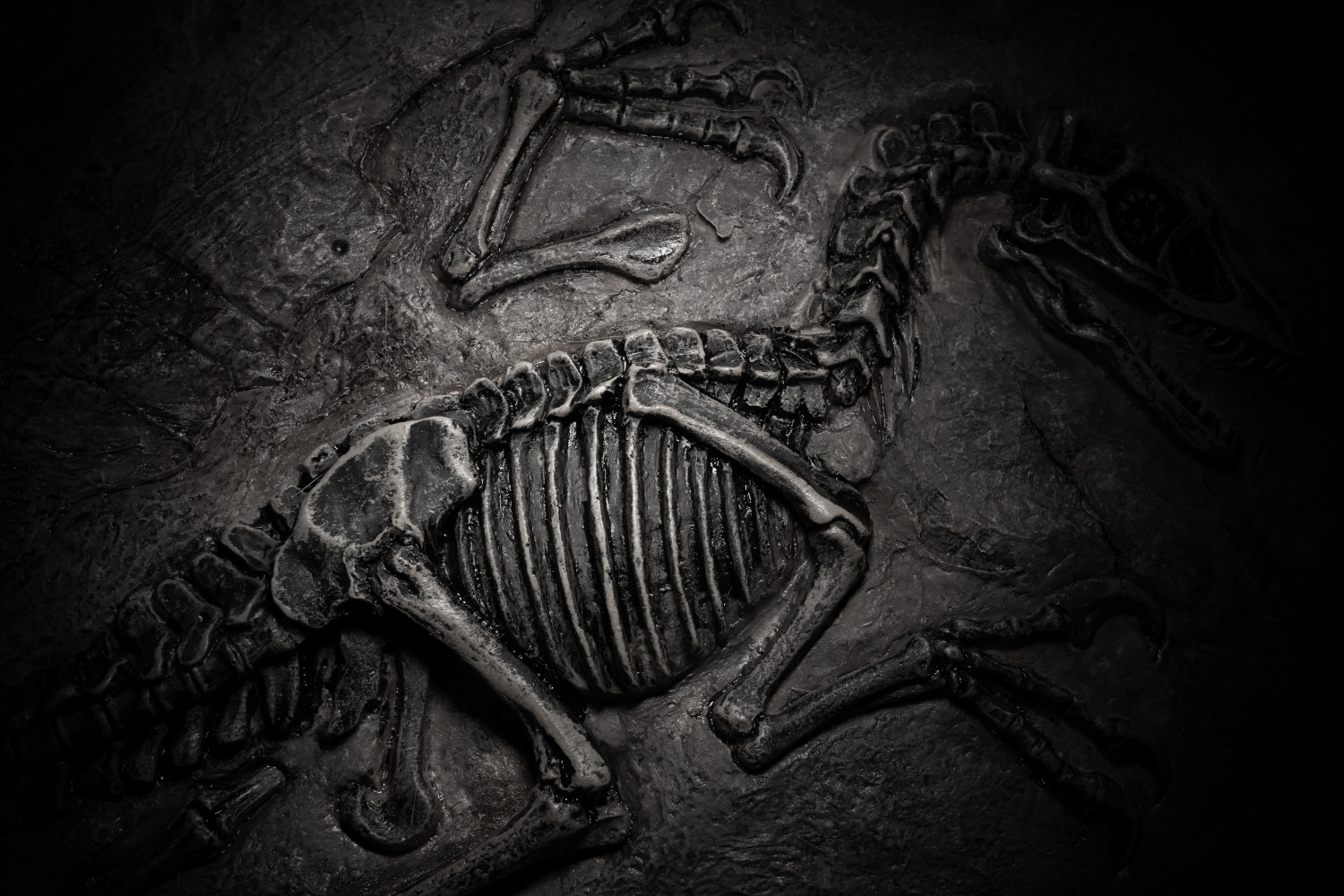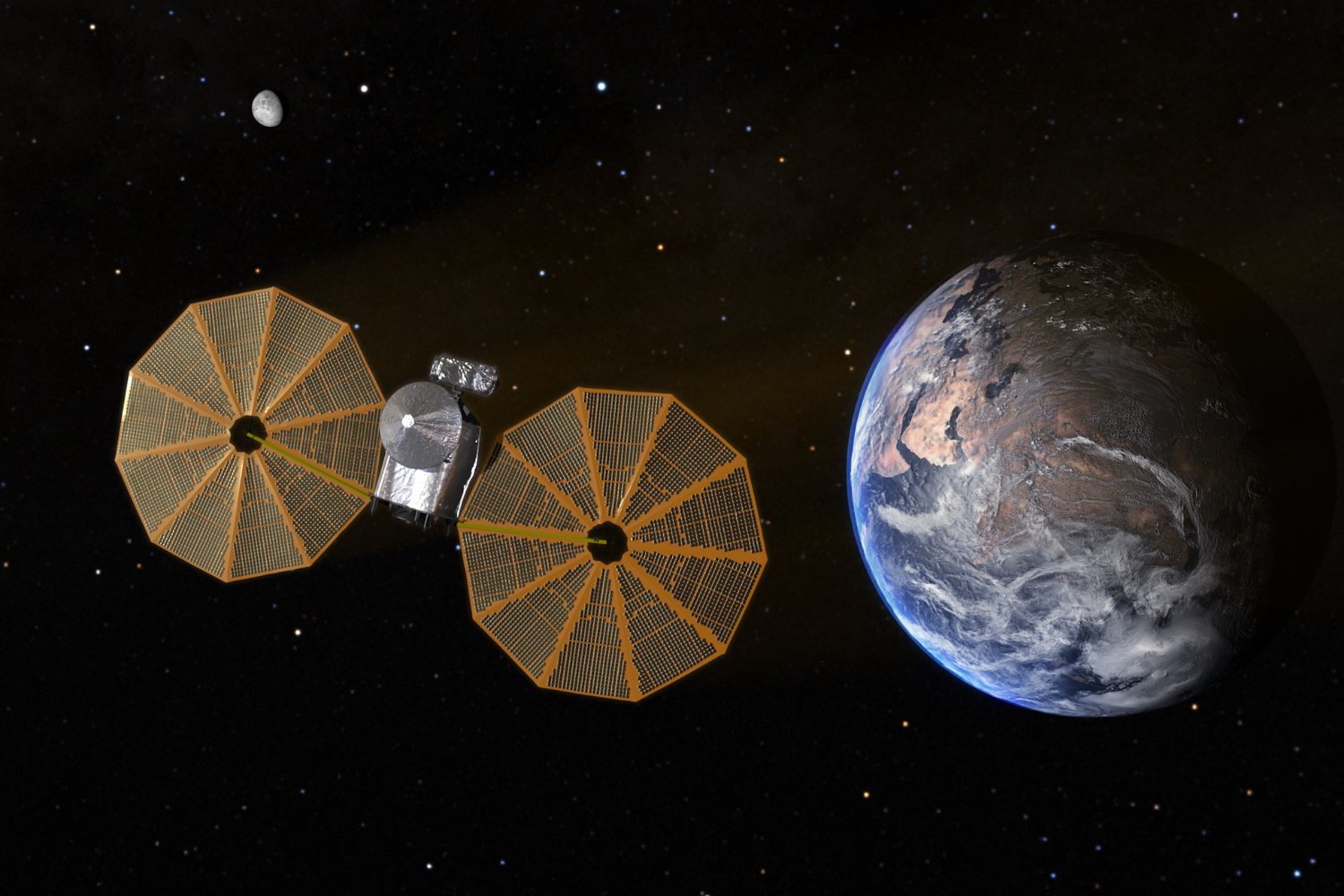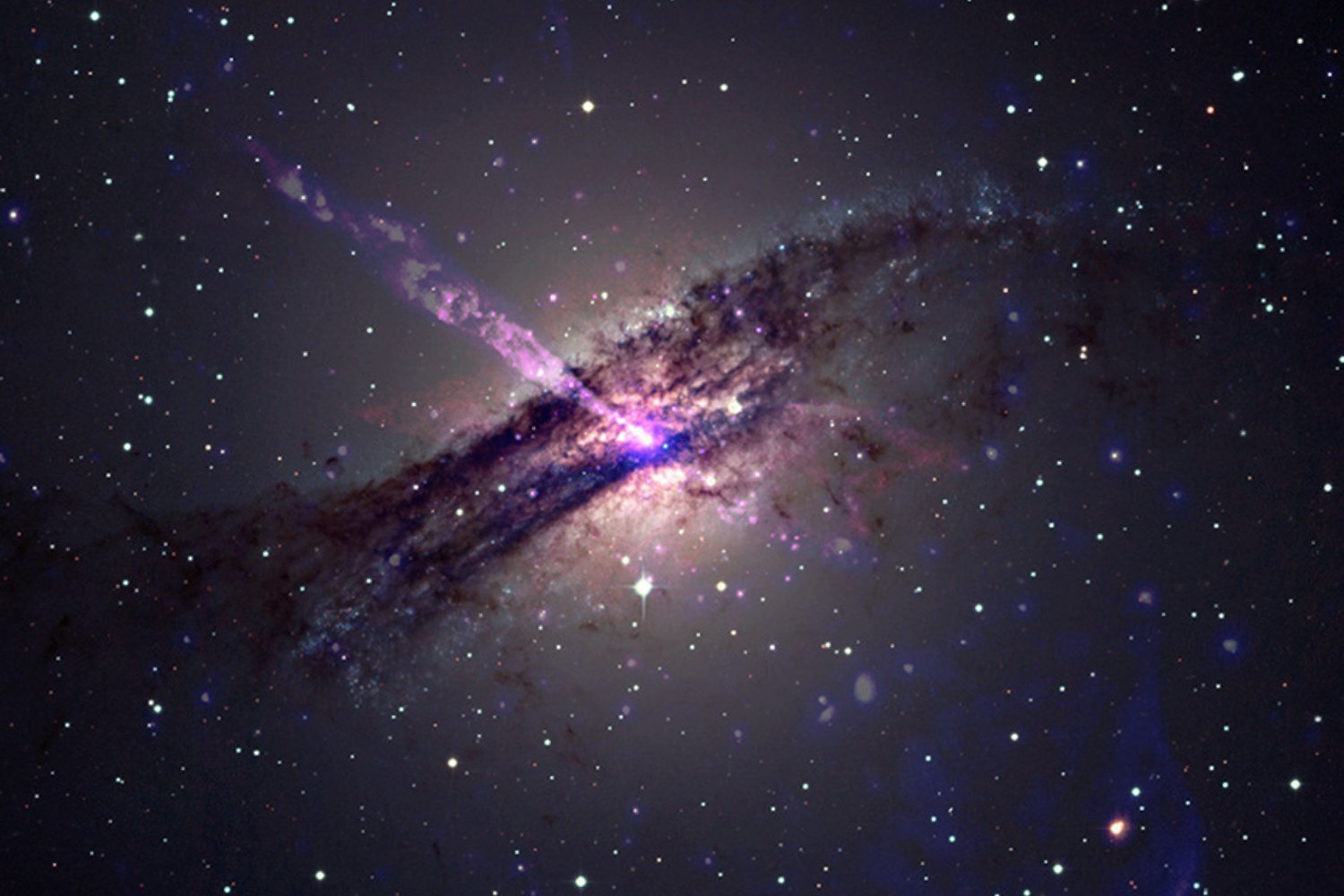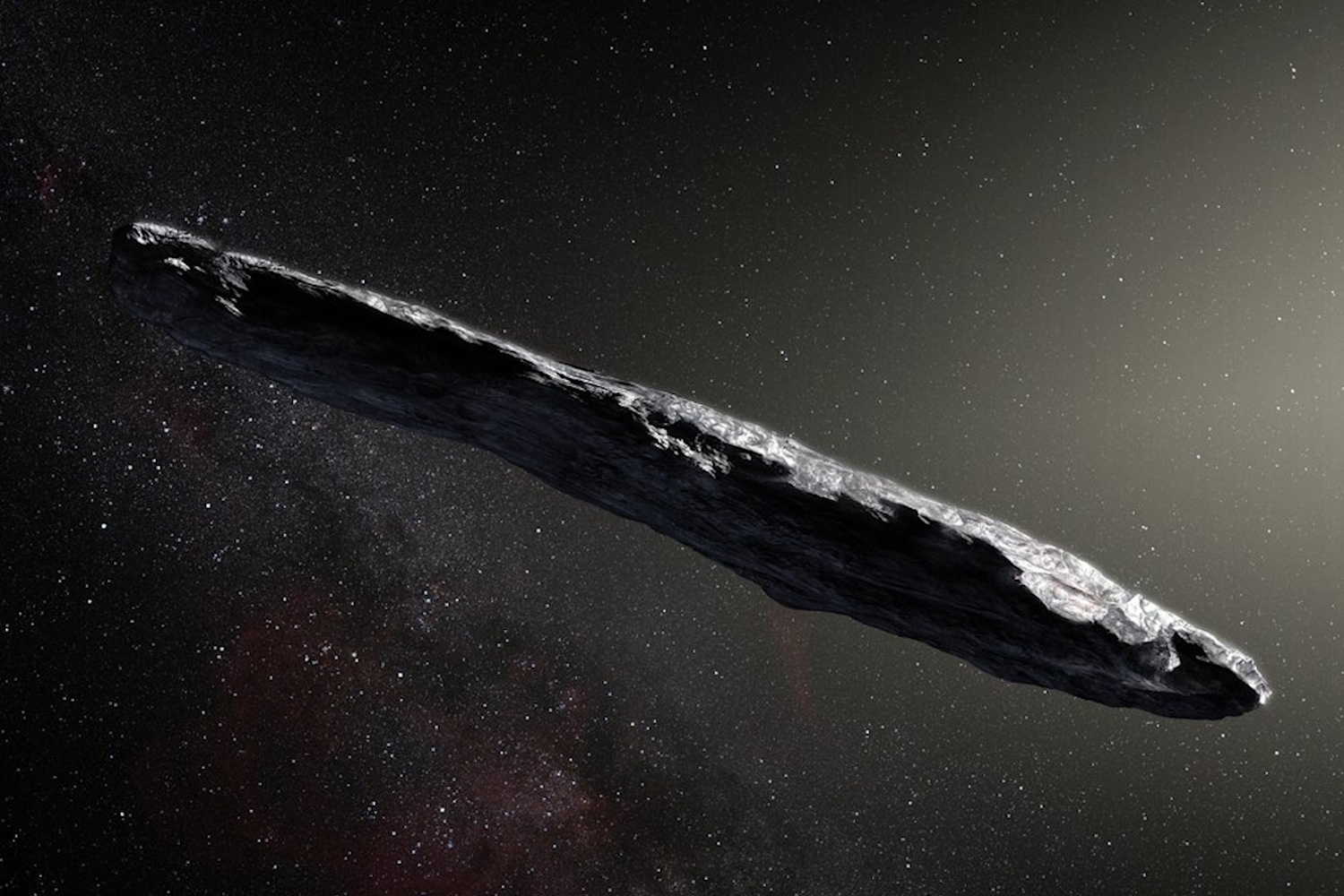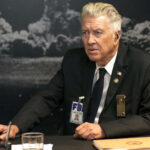Michael Bay is a prophet. Despite being ridiculously dumb, albeit stupidly fun, Armageddon may have gotten planetary defense (partially) right. A nuclear explosion could be the key to deflecting an Earth-bound killer asteroid. The physics involved, however, are far more complex than the Bayhem depicted on screen.
That’s according to a team of physicists, led by Nathan Moore of the Department of Energy’s Sandia National Laboratories. The lab is tasked with researching solutions to national security problems, and Moore focused on one of the biggest: how to defend Earth from an inbound, danger-sized asteroid.
“To most people, the danger from asteroids seems remote,” said Moore in a statement. “But our planet is hit by BB-sized asteroids every day. We call them shooting stars. We don’t want to wait for a large asteroid to show up and then scramble for the right method to deflect it.”
Moore theorized that high-energy X-ray pulses could do the trick. Fortunately, his lab is home to the Z machine—the largest and most powerful X-ray generator in the world.
Along with several colleagues, Moore set up experiments in which a small amount of silica or quartz—about the size of a coffee bean—was suspended, using foil eight times thinner than a strand of human hair. When hit by the Z machine’s pulses, the wire vaporized, leaving the matter suspended in a vacuum. That allowed the physicists to simulate the conditions of an asteroid in space for around 20 millionths of a second.
That was enough time for the silica and quartz to also be hit by the X-rays. When the energy struck the matter, it rapidly generated enough heat to vaporize the surface, which, in turn, produced gas that pushed against the simulated asteroid.
While Armageddon (and, to be fair, Deep Impact) suggested using nuclear weapons to blow an asteroid apart from the inside, Moore discovered that striking an asteroid’s exterior with X-rays—produced in large amounts by a nuclear explosion—could be enough to alter its trajectory.
While a nuclear explosion in space makes for good drama, so far, the contingency plans that have been tested for a rogue asteroid scenario have involved less firepower. In 2022, NASA smashed a small spacecraft, known as the Double Asteroid Redirection Test (DART), into the asteroid Dimorphos. The kinetic energy of the impact was enough to alter Dimorphos’ orbit around its larger asteroid companion, Didymos, by over half an hour. The initial goal was to alter the orbit by only 72 seconds, making the mission a resounding success.
In the paper describing the new experiment, published in Nature Physics, Moore and his colleagues pointed out a flaw with DART-like systems, known as a kinetic impactors. Dimorphos, at 525 feet (160 meters) wide, is a relatively small asteroid, and DART weighed a mere 1,340 pounds (610 kilograms). That’s about one-tenth of an adult male African elephant, so, on a cosmic scale, that’s tiny. Even traveling at four miles per second, a DART-sized craft would likely have little effect on a catastrophe-level asteroid, such as the one that killed off the dinosaurs.
To protect Earth against that sort of threat, the amount of energy needed would be “akin to nuclear explosions,” the physicists wrote. While larger, faster spacecraft could possibly generate a collision with that kind of impact, there are few reachable targets in space to test them out on. That’s a major limitation, as “practice makes perfect,” said Moore, especially given the problem he’s trying to solve: the possible extinction of humanity. “The day after, there would be no re-dos,” he said.
In the paper, Moore noted that this experiment is just the first step towards a viable defense. More experiments are needed to see how different metals and mineral combinations respond to powerful X-ray bursts.
One can only theorize that every time a physicist uses the world’s largest X-ray generator to hit a simulated asteroid with a virtual nuke, somewhere in Hollywood, Michael Bay smiles.
